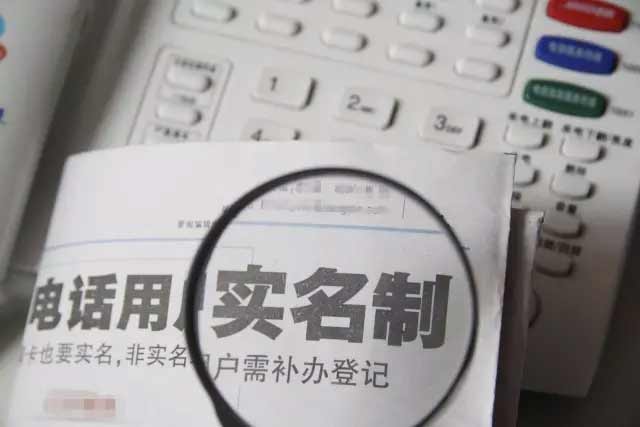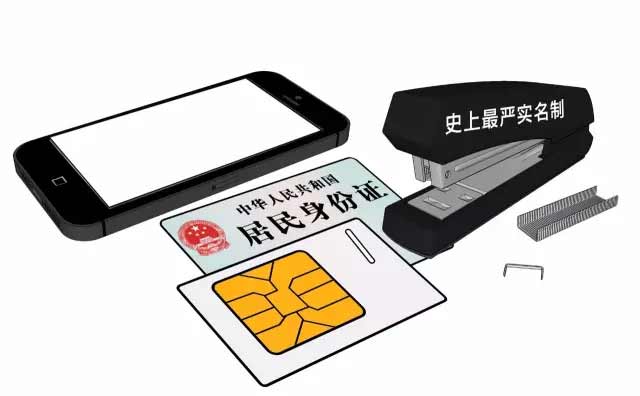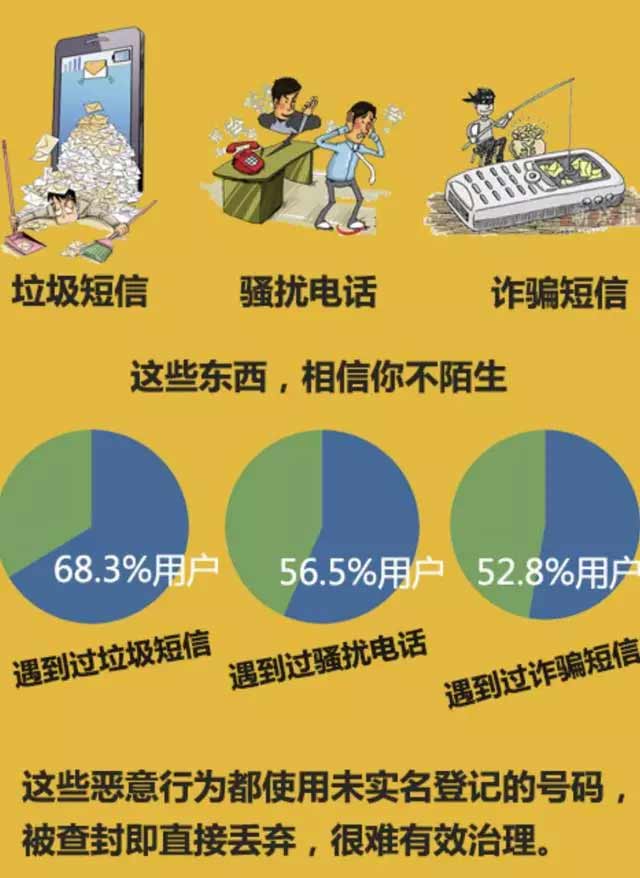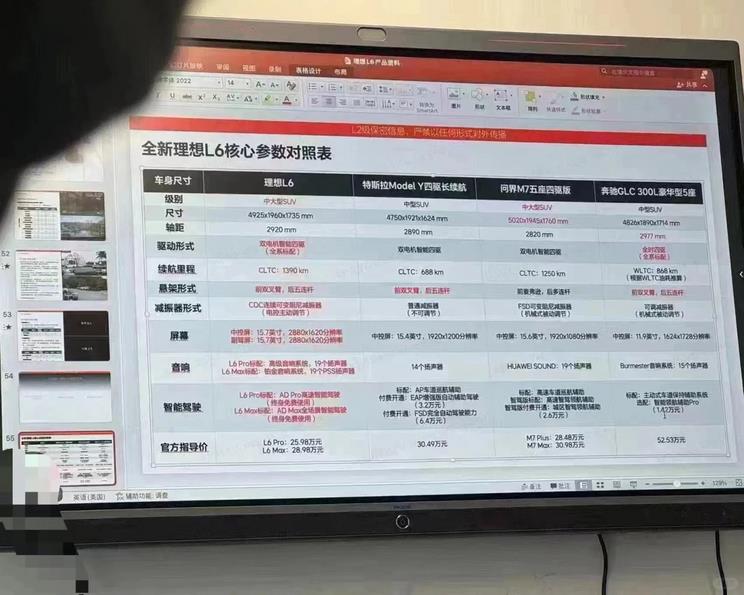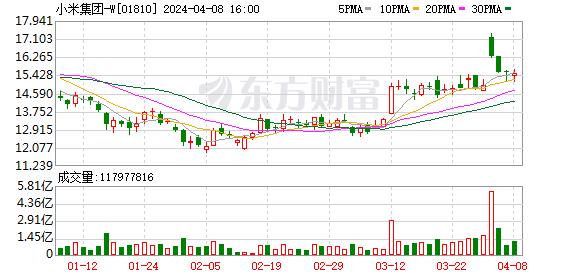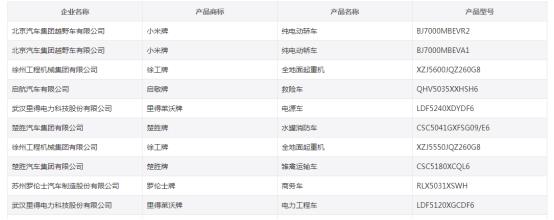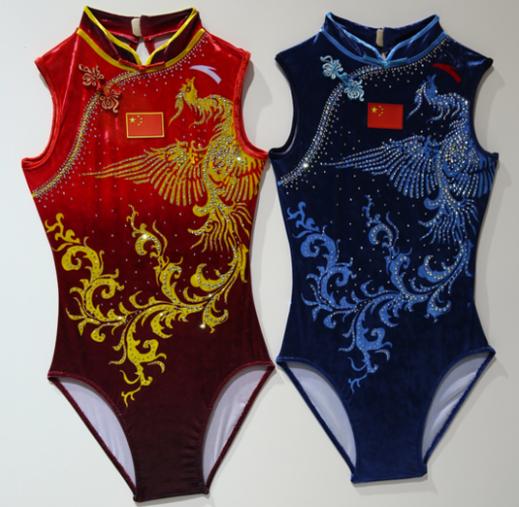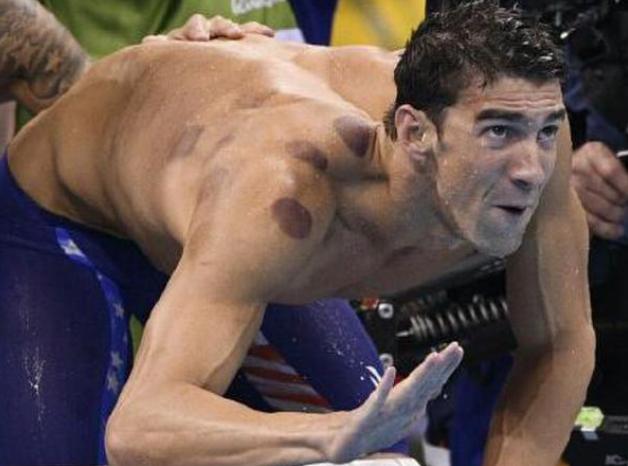Original title: The enrollment brochures of several middle schools in Jining are released! Enrollment plan, registration time, admission method …
click Blue wordpay close attention And set up a star to accompany you every day.
It’s another year of further study season.
About going to school.
Become an important topic for parents.
The enrollment brochures of these high schools in Jining were announced.
How many people are recruited this year?
How to sign up? How to enroll?
Get to know these important information quickly
0one
Jining No.1 Middle School Admissions Guide

I. Enrollment Plan
1.In 2023, the enrollment plan of our school is 2000, including 100 special students..
2. According to the spirit of relevant provincial and municipal documents, in 2023, western instrumental music and basketball in our school’s art and sports feature projects will be enrolled for the whole city, and other special projects will be enrolled for the urban areas.
Second, the enrollment category
1. special students.Recruit outstanding junior high school graduates in 2023 who have expertise in music, art, calligraphy and sports. Please refer to the Instructions for Enrollment of Special Students in Jining No.1 Middle School in 2023 for details of enrollment majors, enrollment scope and admission procedures.
2. Pointer students.The enrollment scope is the fresh graduates who have been studying in junior high schools in Jining City (directly under the city, rencheng district, Yanzhou District, High-tech Zone, Taibai Lake New District and Economic and Technological Development Zone) for more than two years (including two years), and they must be transferred to the student status before August 31, 2021. The information of student status is based on the data of Shandong Basic Education Management Information Platform.
3. Unified enrollment.The enrollment scope is the fresh and past graduates with junior high school status (the deadline for student status is May 8, 2023) or household registration (the settlement time must be before May 8, 2023) in Jining City (directly under the city, rencheng district, Yanzhou District, High-tech Zone, Taibai Lake New District and Economic and Technological Development Zone). For details, please refer to the Notice of Jining Education Bureau on Doing a Good Job in Enrollment of Senior High Schools in Jining City in 2023 (J.J.Zi. [2023] No.27).
Iii. types of volunteers
1. Volunteer of special students
This volunteer applies for the exam alone and is admitted in advance, which has nothing to do with the volunteers of the index students and the unified enrollment students.
Candidates are requested to carefully read the "Instructions for Enrollment of Special Students in Jining No.1 Middle School in 2023" and pay attention to the enrollment scope of each major.
2. Indicator students volunteer
The volunteer accounts for 60% of the school enrollment plan, and the quota is allocated to junior high schools, which is prior to the unified enrollment.
3. Unified enrollment volunteers
The volunteer is parallel volunteer. In the three parallel volunteer candidates fill in, according to the principle of score priority, admission in turn.
"Jining No.1 Middle School" and "Jining No.1 Middle School Rencheng Campus" are two voluntary options, and you must apply separately.
Fourth, the registration method
1. Volunteer of special students
According to the "Jining No.1 Middle School Special Student Enrollment Instructions in 2023" Online registration will be conducted from May 9th to 15th.
2. Indicator students and unified enrollment volunteers
This part is volunteered by the candidates themselves and their parents (or other legal guardians) to fill in the enrollment platform of Jining high school. Each candidate can modify it at most twice after completing the application, subject to the information confirmed by the last application (modification) within the specified time. The reporting time is from May 9th to May 15th.,具体时间以市招生考试院公布的为准。
?推荐服务:在【济宁本地宝】聊天对话框发送“Jining no.1 high school",you can get the online registration entrance of Jining No.1 Middle School’s special students/index students/unified enrollment.
V. Subjects and time of cultural examination
1. Each subject score:Chinese 100 points; 100 points in mathematics; 100 points in English (including 20 points in listening test); Physics 60 points; 50 points in chemistry; 60 points for morality and rule of law; 50 points in history; 10 points for physical and chemical experiment operation (one subject selected); Information technology 20 points; 60 points for sports; The total score is 610.
In 2023, the unified test of physical education subjects will no longer be carried out, and the full score will be included in the total score of the senior high school entrance examination.
2. Examination time:13-15 June.

The professional test for special students was conducted on June 21st. Come to our school for on-site confirmation on June 16th.
Sixth, enrollment
1.特长生录取。According to the order of special students, index students and unified enrollment, the Municipal Education Bureau will organize the admission in turn. According to the professional test results and plan, the school will submit the admission list of special students, and the city education bureau will admit them in advance after examination and approval. The admitted special students will no longer participate in the admission of index students and unified enrollment; Those who are not admitted will continue to participate in other types of voluntary admission.
2. Admission of index students.At the time of admission, the junior high school is the unit. According to the number of indicators assigned to each junior high school, according to the candidates’ wishes, the students are admitted in turn from high score to low score. The comprehensive quality evaluation and academic examination subject level of the admitted candidates must reach Grade B (including Grade B) or above, and the score shall not be lower than 60 points under the unified recruitment line of high schools and not lower than the minimum admission qualification line. The unfinished index student plan is included in the unified enrollment.
3. Unified enrollment.The unified enrollment adopts the admission method of parallel volunteer, and according to the principle of "giving priority to scores and following the will", the students in urban areas are ranked according to the results of the senior high school entrance examination, and they are admitted in turn according to parallel volunteer.
Seven, the class mode
Follow the school’s educational philosophy of taking students’ growth as the center, actively explore the effective mechanism of early training of top-notch innovative talents, and realize students’ all-round and individual development.
According to the requirements of the new curriculum standard and the new college entrance examination, our school will set up an experimental class for the new curriculum, respect students’ individual needs, implement class selection and hierarchical teaching, and comprehensively improve students’ comprehensive quality.
02
Jining No.1 Middle School Rencheng Campus 2023 Admissions Guide
I. Enrollment Plan
In 2023, the enrollment plan of our school will be 600.There is no special student plan and index student plan.
Second, the enrollment scope and registration conditions
Enrollment area:Junior high schools directly under the municipal government, rencheng district, High-tech Zone, Taibai Lake District and Jining Economic and Technological Development Zone.
Basic conditions for registration:For recent and past junior high school graduates with enrollment in Jining City (the deadline for enrollment is May 8, 2023) or household registration in Jining City (the settlement time must be before May 8, 2023). Those who have registered as students in ordinary high schools, those who have not completed nine-year compulsory education, and those who do not meet the provincial and municipal policies are not allowed to apply. For details, please refer to the Opinions of Jining Education Bureau on Earnestly Doing a Good Job in the Academic Level Examination of Junior Middle School in 2023 and School Enrollment in Senior High School (J.J.Zi. [2023] No.26).
Third, the registration method
From May 9 to May 15, candidates will register from 9: 00 to 18: 00 every day.Registration and volunteering are all carried out on the enrollment platform of Jining high school. It must be completed by the candidate himself and his parents (or other legal guardians) according to the candidate’s own wishes, and may not be replaced by others. Each candidate can modify the information at most twice after completing the volunteering, subject to the information confirmed by the last filling (modification) within the specified time. Candidates must fill in the report within the specified time, and the candidates shall bear the responsibility for the consequences caused by revealing the password for their own reasons, being reported by others or reporting errors.
Candidates who have household registration in Jining City and need to go back to the place where they are registered to take the junior high school level examination shall be subject to online qualification examination by the county-level education administrative department where they are registered, and the county-level education administrative department shall be responsible for verifying the household registration information and student status information of the candidates.
Fourth, the subjects and time of the cultural examination
The examination subjects are Chinese, mathematics, English, physics, chemistry, morality and rule of law, geography, history, biology, information technology, physical chemistry experiment operation and physical education. Information technology examination subjects and experimental operation examination subjects shall be implemented in accordance with relevant requirements. In 2023, the unified test of physical education subjects will be cancelled, and the scores of physical education subjects will be included in the total score of the senior high school entrance examination according to full marks.
Score of each subject:Chinese 100 points; 100 points in mathematics; 100 points in English (including 20 points in listening test); Physics 60 points; 50 points in chemistry; 60 points for morality and rule of law; 50 points in history; 10 points for physical and chemical experiment operation (one subject selected); Information technology 20 points; 60 points for sports; The total score is 610.
The specific examination arrangements are as follows:

V. Enrollment and Admission
Admission to ordinary senior high schools in urban areas is conducted in the order of special students, index students and unified enrollment volunteers (there are no special students and index students in our school). Candidates who are voluntarily admitted by special students will no longer participate in the admission of index students and unified enrollment volunteers; Candidates who are voluntarily admitted by the index students will no longer participate in the admission of the unified enrollment volunteers. Candidates who fail to report on time after admission will be automatically dropped out of school.
In addition to special students, the minimum admission qualification line for ordinary high schools in urban areas is delineated according to the enrollment plan of 1:1. The unified enrollment adopts the admission method of parallel volunteer. According to the principle of "giving priority to scores and following volunteers", according to the admission requirements of ordinary senior high schools, all eligible remaining candidates in urban areas are sorted from high to low according to their scores, and then, the three unified enrollment volunteers reported by each candidate are searched in turn. As long as a qualified school appears in the searched three schools, it will be admitted to the school.
Admission to parallel volunteer is based on the interests of candidates, expanding the range of choices, giving candidates more choices, effectively reducing the risk of candidates volunteering to fill in, and improving the success rate of candidates’ admission.
Note: If the urban senior high schools fail to complete the enrollment plan in the first stage, the remaining plans will be included in the next stage of voluntary recruitment, and the candidates who have been admitted will no longer participate in the recruitment and volunteering.
Six, the class mode
According to the requirements of the new curriculum standard and the new college entrance examination, we should set up experimental classes for the new curriculum, respect students’ right to choose, implement class selection and hierarchical teaching, develop students’ personality, cultivate students’ specialties and improve their comprehensive quality.

0three
Instructions on the enrollment of freshmen in Yucai Middle School of Jining City in 2023
I. Enrollment Plan
It is planned to enroll 1,276 students in 2023.Among them, 50 Xinjiang students, 60 special students and 26 football special classes were enrolled, with a total of 26 classes.
Second, the scope of enrollment
(a) with Jining City (directly under the city, rencheng district, Yanzhou District, High-tech Zone, Taibai Lake New District, Economic and Technological Development Zone) junior high school students (registration time must be before May 8, 2023) or household registration time must be before May 8, 2023) graduates.
(2) Enrollment scope of football special classes: fresh graduates from all junior high schools in 14 counties and cities of Jining City. For details, please refer to the "Jining Yucai Middle School 2023 Football Class Admissions Guide".
Third, the volunteer code
Fourth, the application conditions
(A) Index students and unified enrollment
Index students apply for the exam. Junior high school students in Jining city who have been studying for more than two years (including two years) and graduated this year, and whose comprehensive quality evaluation and academic examination subjects are Grade B or above, can apply for the volunteer of our school. For details, please refer to the Notice of Jining Education Bureau on Doing a Good Job in Enrollment of Senior High Schools in Jining City in 2023 (J.J.Zi. [2023] No.27).
Unified enrollment. Graduates who are studying in junior middle schools in Jining City, who return to the household registration in Jining City to apply for candidates, former graduates (referring to those who have not registered as ordinary senior middle school students and whose household registration or original junior middle school students are in Jining City), and whose comprehensive quality evaluation and academic examination subjects are Grade C or above, can apply for the unified enrollment of our school. For details, please refer to the Notice of Jining Education Bureau on Doing a Good Job in Enrollment of Senior High Schools in Jining City in 2023 (J.J.Zi. [2023] No.27).
(2) Special students
Special students apply. For details, please refer to "Jining Yucai Middle School 2023 Special Student Admissions Guide".
(3) Football special classes
Apply for a special football class. For details, please refer to "Jining Yucai Middle School 2023 Football Class Admissions Guide".
V. Application methods
(A) the students, enrollment volunteers.
It is conducted on the enrollment platform of Jining high school. It must be completed by the candidate himself and his parents (or other legal guardians) according to the candidate’s own wishes, and may not be replaced by others. Each candidate can modify it at most twice after completing the application, subject to the information confirmed by the last application (modification) within the specified time. The registration time is from May 9th to May 15th.(If there is any change, the specific time will be subject to the time announced by Jining Admissions Examination Institute).
(2) Volunteer for special students and special football classes
Candidates are required to register online through the registration method published in "Jining Yucai Middle School 2023 Special Student Guide" and "Jining Yucai Middle School 2023 Football Class Admissions Guide", and confirm at the school site according to the specified time. For the time of registration and on-site confirmation, please refer to "Jining Yucai Middle School 2023 Special Student Admissions Guide" and "Jining Yucai Middle School 2023 Football Class Admissions Guide".
Description:
1. Candidates who apply for the volunteer of special students in our school must register through the online registration system published by our school and take relevant professional tests in our school. The candidates’ volunteers and unified enrollment volunteers are enrolled in the enrollment platform of Jining senior high school. Their candidates’ volunteers and parallel volunteer can apply for our school or not, and the results of the senior high school entrance examination serve as the basis for the admission of special students in our school.
2. Candidates who apply for the volunteer of our school’s football special class must register through the online registration system published by our school and take the football professional test of our school. Candidates in Jining City (directly under the city, rencheng district, Yanzhou District, High-tech Zone, Taibai Lake New District, Economic and Technological Development Zone), their candidates’ volunteers and parallel volunteer are enrolled in the enrollment platform of senior high school in Jining City, and the candidates’ volunteers and parallel volunteer can register for our school or not, and the results of the senior high school entrance examination are taken as the admission basis for the candidates in our football special class. Candidates from counties and cities outside Jining city should apply for the index students or the unified enrollment volunteers who meet the requirements of the county and city, and take the cultural examination of the senior high school entrance examination in the county and city. The results of the senior high school entrance examination serve as the admission basis for the candidates of the football characteristic classes in our school.
Six, examination subjects and time
(a) the score of each subject:Chinese 100 points, mathematics 100 points, English 100 points (including listening test 20 points), physics 60 points, chemistry 50 points, morality and rule of law 60 points, history 50 points, physics and chemistry experiment operation 10 points (choose one subject), information technology 20 points, sports 60 points, with a total score of 610 points.
Note: Physical examination will no longer be organized, and will be included in the senior high school entrance examination results according to full marks.
(2) Examination time
Seven, enrollment.
(a) special students, students, enrollment.Admission is conducted in the order of special students, index students and unified enrollment volunteers.
1. Admission of special students. The admission of special students is carried out in accordance with the "Jining Yucai Middle School 2023 Special Student Admissions Guide", and the students are admitted in batches in advance. For those special students who have not been admitted, it will not affect the admission of their index students and enrollment volunteers.
2. Index students and unified enrollment are admitted by Jining Education Admissions Examination Institute.
(2) Admission of candidates for football special classes.The admission of candidates for football characteristic classes is conducted in accordance with the "Enrollment Guide for Football Characteristic Classes in Jining Yucai Middle School in 2023", and they are admitted in batches in advance. Candidates who are not admitted will not be affected to continue to participate in the admission of other types of volunteers organized by Jining Education Admissions Examination Institute or other county and urban recruitment authorities.
Eight, enrollment consultation
Source: Jining Yucai Middle School
0four
Jining university affiliated high school 2023 high school enrollment brochure.
According to the Notice of the Provincial Department of Education on Doing a Good Job in the Enrollment of Primary and Secondary Schools and Kindergartens in 2023 (Lu Jiao Ji Han [2023] No.21) and the Opinions of the Municipal Education Bureau on Doing a Good Job in the Enrollment of Junior High School Students in 2023 (Ji Jiao Zi [2023] No.26), Notice on Doing a Good Job in the Enrollment of Senior High Schools in Jining City in 2023 (Ji Jiao
1. In 2023, the enrollment plan is 1,000 students (including 500 independent students from characteristic high schools), with a total of 20 classes.
Second, the scope and category of enrollment
1. Index students and unified enrollment are oriented to rencheng district, Yanzhou District, High-tech Zone, Taibai Lake District, Jining Economic and Technological Development Zone and directly affiliated junior high schools.
2. Independent enrollment is for junior high schools in the city. Recruit students with junior high school status in Jining who have expertise in music, art, art history or art management (original text) and sports. For details, please refer to "Instructions for Independent Enrollment of Characteristic High Schools in jining university Affiliated High Schools in 2023".
Three, cultural examination subjects and time (the city’s unified)
Fourth, enrollment
Ordinary high school admissions are conducted in the order of self-enrollment, index students and unified enrollment volunteers.
1. Self-enrollment. According to the "Notes on Independent Enrollment of Characteristic High Schools in jining university Affiliated High Schools in 2023", early batch enrollment will be implemented. For professional students who have not been admitted in advance, they can continue to participate in the admission of other types of candidates by the Municipal Education Bureau.
2. Index students and unified enrollment. The Education Bureau of Jining is unified according to the enrollment policy in 2023.
V. For matters not covered, please pay attention to the school WeChat official account jnxyfsgjzx in time.
0five
Jining Confucius High School Enrollment Guide in 2023
I. Enrollment Plan
In 2023, there will be 700 freshmen enrolled in our school.,Among them, 35 special students were enrolled.
Second, the enrollment category
(1) Special students
Recruit junior high school graduates with expertise in music and art in 2023.
(2) Unified enrollment
Junior high school graduates enrolled in 2023.
Third, the enrollment scope
Graduates with junior high school status or household registration in Jining City (directly under the city, rencheng district, Yanzhou District, High-tech Zone, Taibai Lake District and Jining Economic and Technological Development Zone).
Iv. types of volunteers
(1) Volunteer of special students
This volunteer applies for the exam separately and is admitted in advance, which has nothing to do with the unified enrollment volunteering. Candidates are requested to carefully read the Instructions for Enrollment of Special Students in Jining Confucius High School in 2023.
(2) Unified enrollment volunteers
The volunteer is parallel volunteer. In the three parallel volunteer candidates fill in, according to the principle of score priority, admission in turn.
Remarks: There are no index students in Jining Confucius High School.
V. Registration Method
1. Volunteer to fill in the report
(1) Volunteer of special students
According to the "Jining Confucius High School 2023 special student enrollment instructions" in Online registration will be conducted from May 9 to May 15, 2023..
(2) Unified enrollment volunteers
This voluntary application is made on the enrollment platform of Jining senior high school. It must be made by the candidate himself and his parents (or other legal guardians) according to the candidate’s own wishes, and it shall not be replaced by others. All students who apply for our school are advised or encouraged to fill in the "Jining Confucius High School" as their first choice, and never fill in the volunteers of the index students.
2. Registration time
The reporting time is May 9-May 15, 2023.,具体时间以市招生考试院公布的为准。
?推荐服务:在【济宁本地宝】聊天对话框发送“孔子高中”,即可获取济宁孔子高级中学特长生/统招生网上报名入口
六、录取方式
1.特长生录取。考生中考成绩须达到济宁市中考满分的70%,然后按照专业成绩由高到低进行录取。
2.统招生录取。统招生实行平行志愿录取办法,按照“分数优先、遵循志愿”的原则,依照平行志愿先后,依次录取。
录取的考生请携带:户口本原件及学生单页复印件、中考准考证和成绩通知单到学校招生办进行现场确认。逾期不进行现场确认者,视为放弃录取资格。
七、收费标准
培养费每生3.6万元/学年。(另餐费、校服费、书本资料费、住宿费据实收取)
八、联系方式
学校地址:济宁市高新区祥济路7号济宁孔子高级中学

06
济宁海达行知学校2023年高中招生简章

图源:济宁海达行知学校
亲子优选 限时团购
写给3-12岁孩子的物理启蒙书
科学知识+漫画故事
激发孩子对物理的兴趣
十本书十个主题
帮助孩子建立科学世界观
全套10册,团购仅需79元
??????????
责任编辑:

